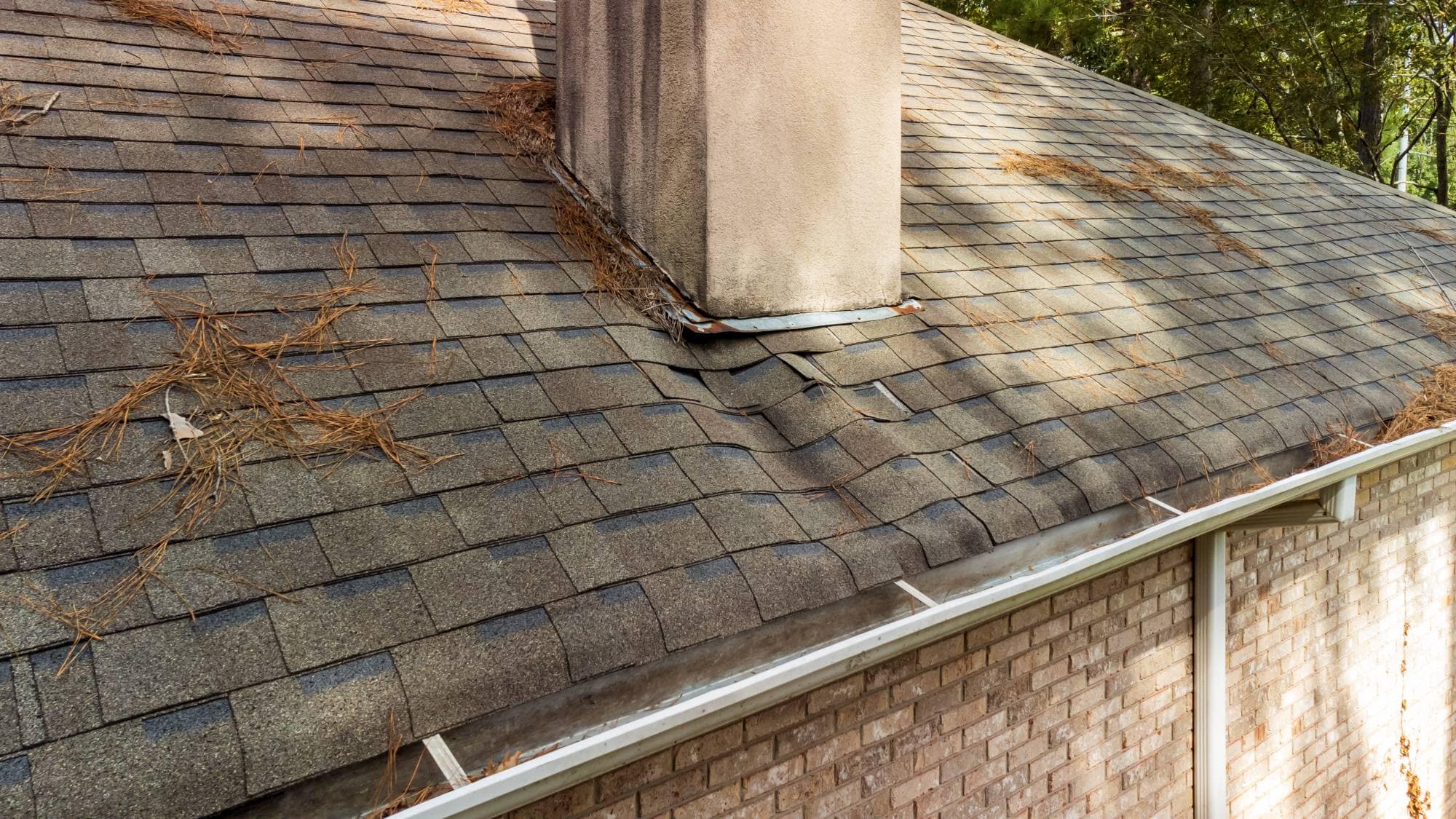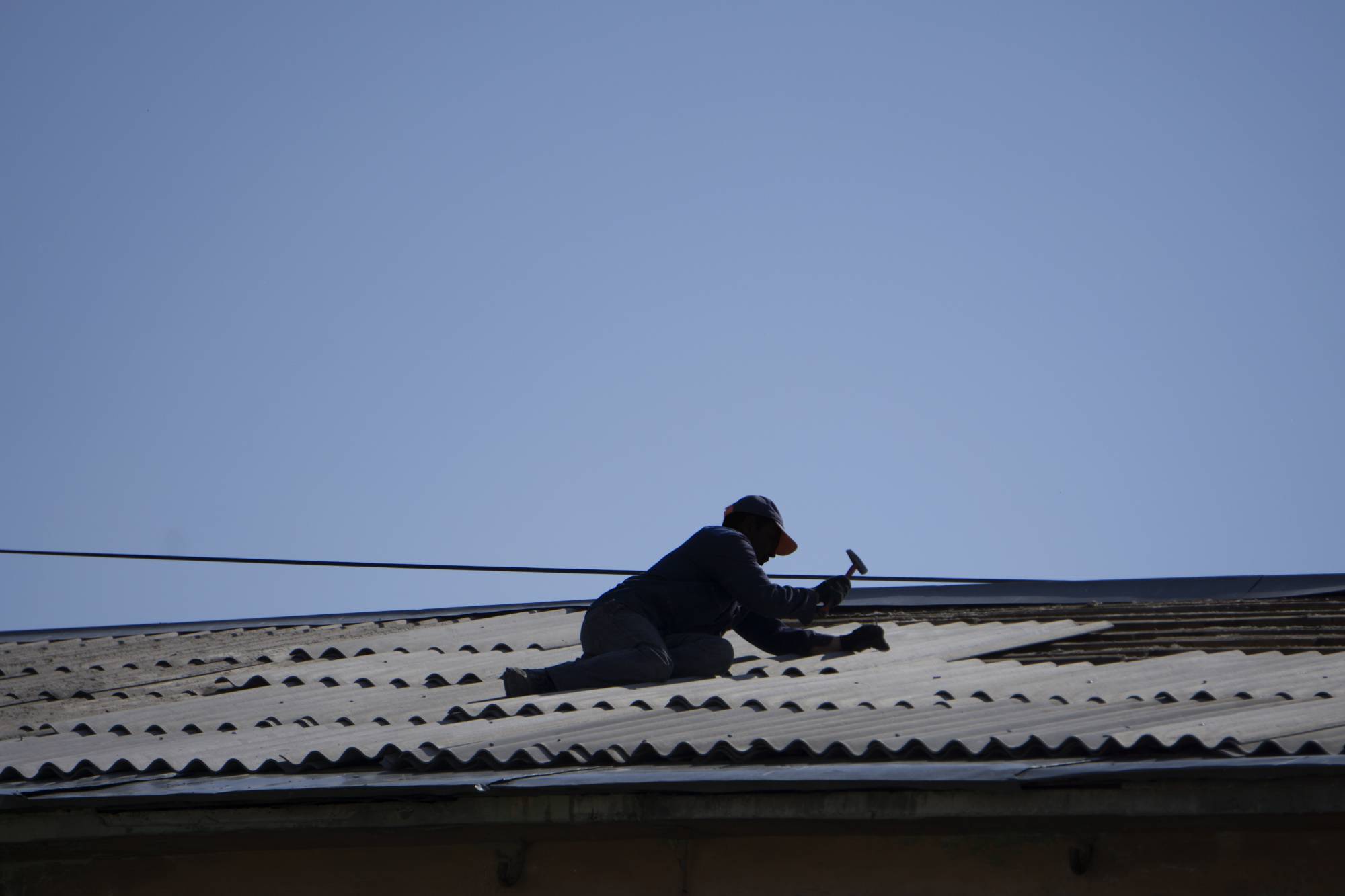Professional chimney leak repair that finds and fixes the real problem—not just the symptoms you can see.

Hear from Our Customers

When we finish your chimney leak repair, you get back to living without worry. No more stressing about water stains spreading across your ceiling or wondering if that musty smell means bigger problems hiding in your walls.
You won’t find yourself climbing into the attic during the next rainstorm, flashlight in hand, checking for new damage. Instead, you’ll have confidence that your chimney is properly sealed and working the way it should.
The relief comes from knowing we found the actual source of your leak—whether it’s damaged flashing, a cracked crown, or deteriorated mortar joints—and fixed it right the first time.
Above and Beyond Chimney has been solving chimney problems across Bristol County for over 25 years. We understand how East Freetown’s weather patterns—from heavy spring rains to freeze-thaw cycles—affect your chimney’s performance.
Our CSIA-certified technicians have seen every type of leak problem that older homes in this area face. We know which repair methods actually last in New England’s demanding climate and which ones just waste your money.
When you call us, you’re working with a local company that treats your home with the same care we’d give our own families’ houses.

First, we perform a thorough inspection of your entire chimney system. We examine the crown, flashing, masonry, mortar joints, and chimney cap to pinpoint exactly where water is getting in. Sometimes we use controlled water testing to confirm the entry point.
Once we identify the specific problem, we explain what needs to be done and why. No surprise costs or pressure tactics—just honest information about your options.
Then we get to work using the right materials for your specific situation. If it’s flashing repair, we use proper installation techniques that seal against future leaks. For crown problems, we apply concrete mixes designed to resist cracking from freeze-thaw cycles. Masonry issues get addressed with appropriate water repellents that allow vapor to escape while keeping moisture out.
We protect your home during the entire process using multiple layers of drop cloths and specialized equipment to contain any debris.

Ready to get started?
Your chimney leak repair includes a complete diagnosis of the problem, not just a quick patch job. We address common East Freetown chimney issues like flashing damage from coastal moisture, crown deterioration from freeze-thaw cycles, and mortar joint problems typical in older Bristol County homes.
We use professional-grade materials specifically chosen for New England’s climate challenges. Our repairs come with clear explanations of what we found, what we fixed, and what you can expect going forward.
You also get our commitment to stand behind our work. If you have concerns after we complete your repair, we address them promptly. We’re not interested in quick fixes that fail next season—we want to solve your leak problem permanently.
